Is Yellow Butter Better? What the Color Says About Quality
Ever noticed that butter isn’t always the same shade? Sometimes it’s a pale, creamy white, while other times it’s a deep golden yellow. But what actually affects the color of butter? From what cows eat to how it’s processed, several factors influence its final appearance. Let’s break down the science behind butter’s color and what it means for taste and quality.
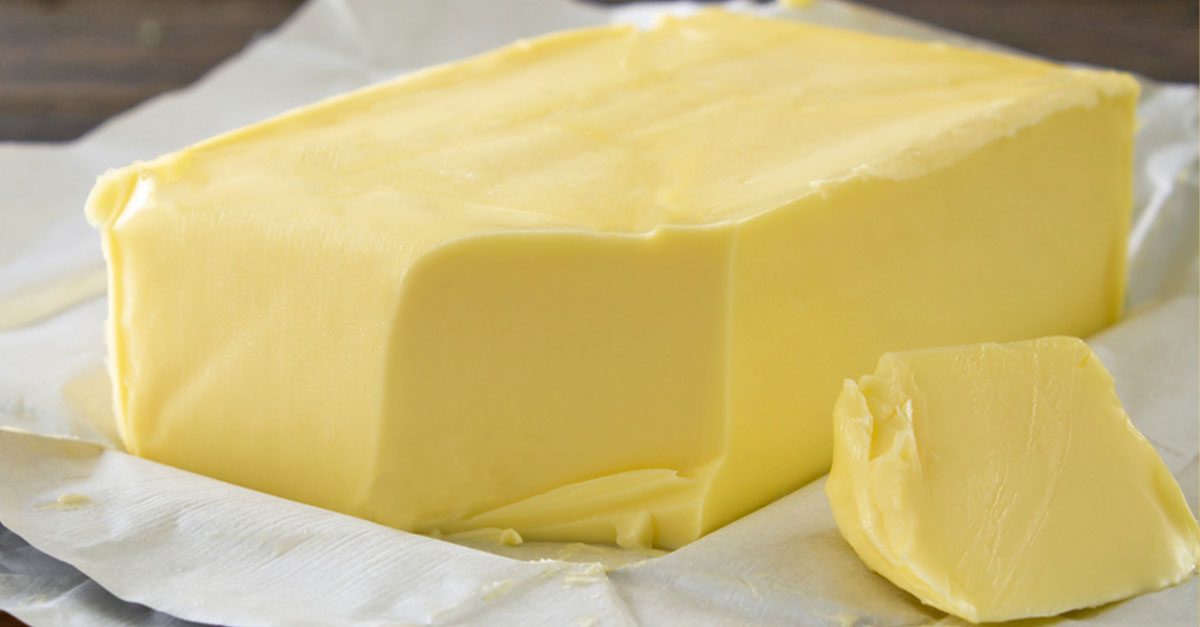;Resize,width=742;)
Butter gets its color mainly from beta-carotene, a natural pigment found in grass. Cows that eat fresh, green grass produce richer yellow butter because their diet is high in beta-carotene. In contrast, cows that consume grain or hay-based diets produce paler, almost white butter due to the lower beta-carotene content.
The color difference doesn’t affect taste much, but it does influence consumer perception. Many people associate golden butter with higher quality, even though paler butter can be just as good.
Seasonal Changes in Butter Color
Butter color naturally changes throughout the year based on the cow’s diet:
- Summer Butter: When cows graze on fresh grass, butter tends to be darker yellow due to the higher beta-carotene content.
- Winter Butter: In colder months, cows eat more hay and grain, which leads to paler butter with less beta-carotene.
This is why butter made in summer is often more golden, while winter butter is typically lighter and creamier in color.
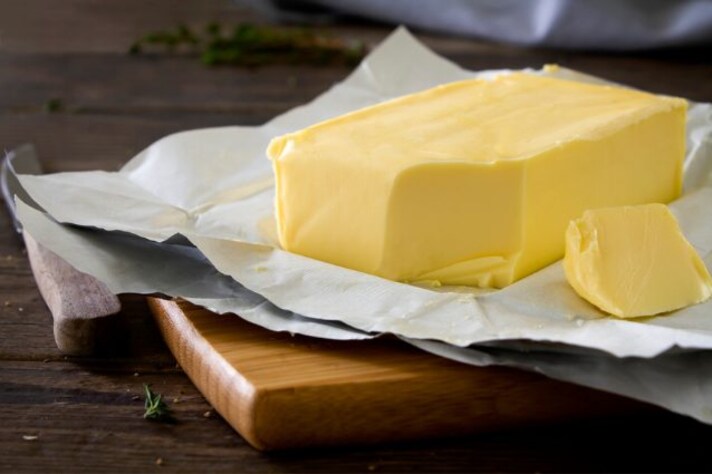
Does Butter Color Affect Its Quality?
Not really. The color of butter is mostly cosmetic and doesn’t determine whether it’s better or worse. However, in some cases:
Grass-fed butter (often darker yellow) is higher in omega-3 fatty acids and vitamin K2, which some consider a health benefit. Paler butter may have a slightly milder, creamier flavor, depending on the fat content. That said, taste and texture depend more on butterfat percentage and processing methods than color.
Why Is Some Butter Artificially Colored?
To keep butter looking consistent, some brands add natural coloring agents like annatto or beta-carotene. This ensures butter remains the same shade year-round, even if the cows’ diet changes with the seasons.
However, not all butter is artificially colored, many high-quality butters still vary in shade naturally. If you want pure, unaltered butter, look for brands that don’t use added color.
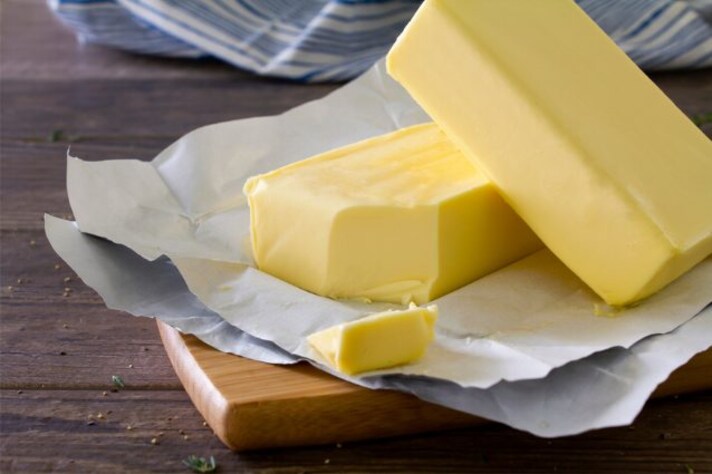
Overall, butter’s color is influenced by cow diet, season, and sometimes added coloring. A deep yellow butter usually means grass-fed cows and higher beta-carotene, while pale butter comes from grain-fed cows or winter diets. But no matter the shade, butter remains a delicious kitchen essential.
At the end of the day, it’s the taste that truly matters!
;Resize,width=767;)
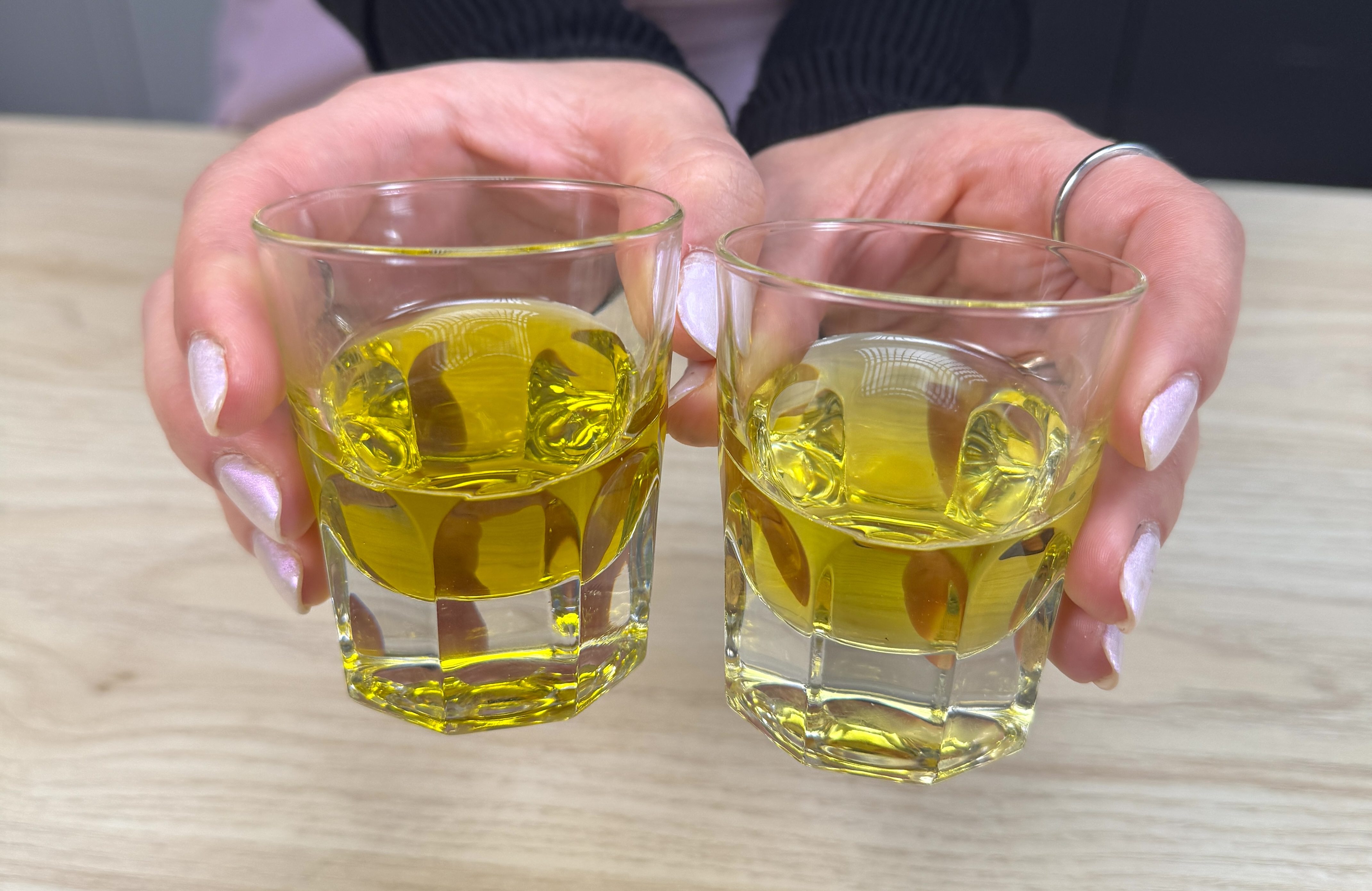;Resize,width=712;)
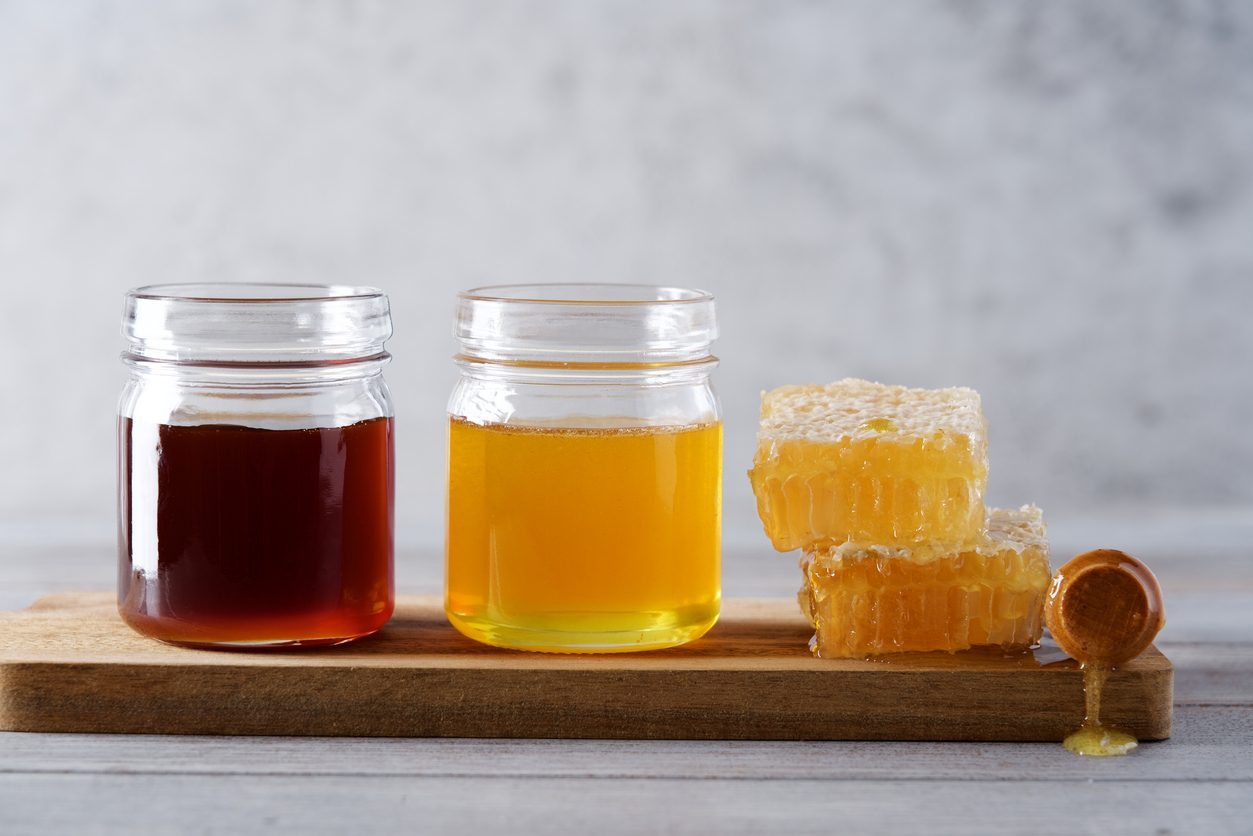;Resize,width=712;)
;Resize,width=712;)
